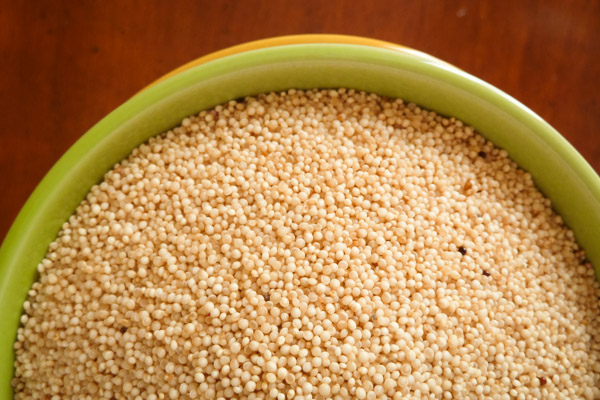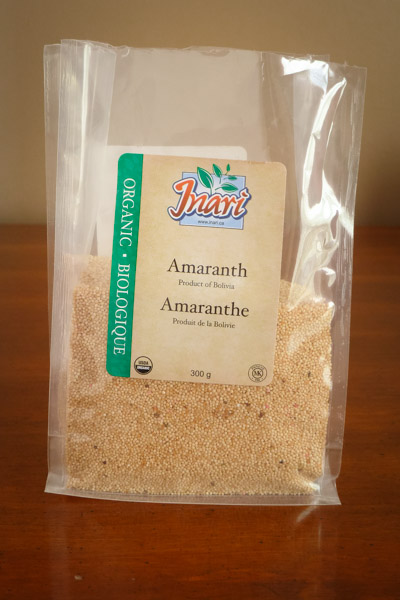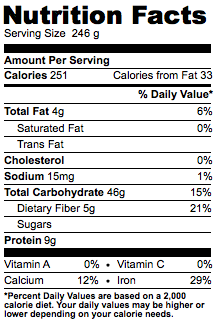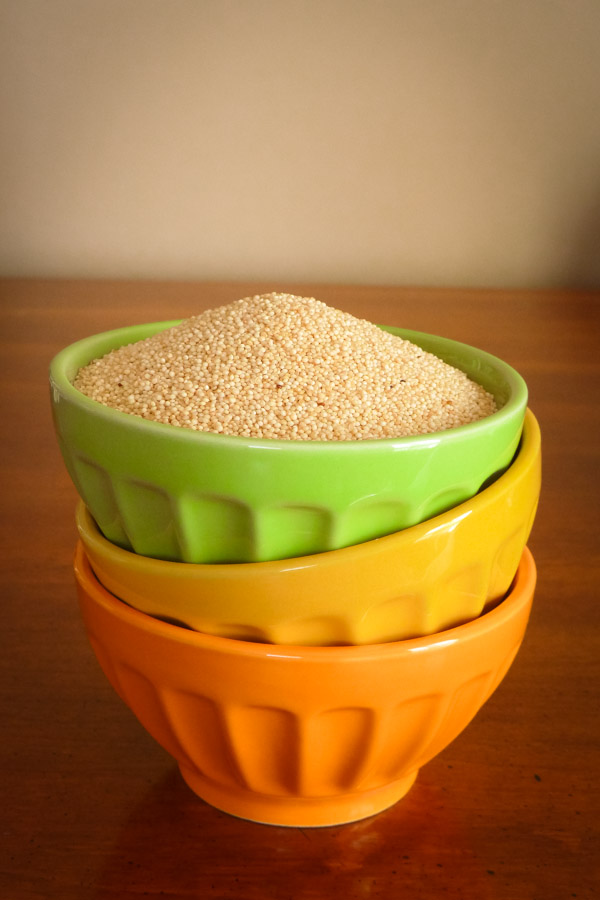How To Make Puffed Amaranth Cereal
/You want me to make my own cereal?
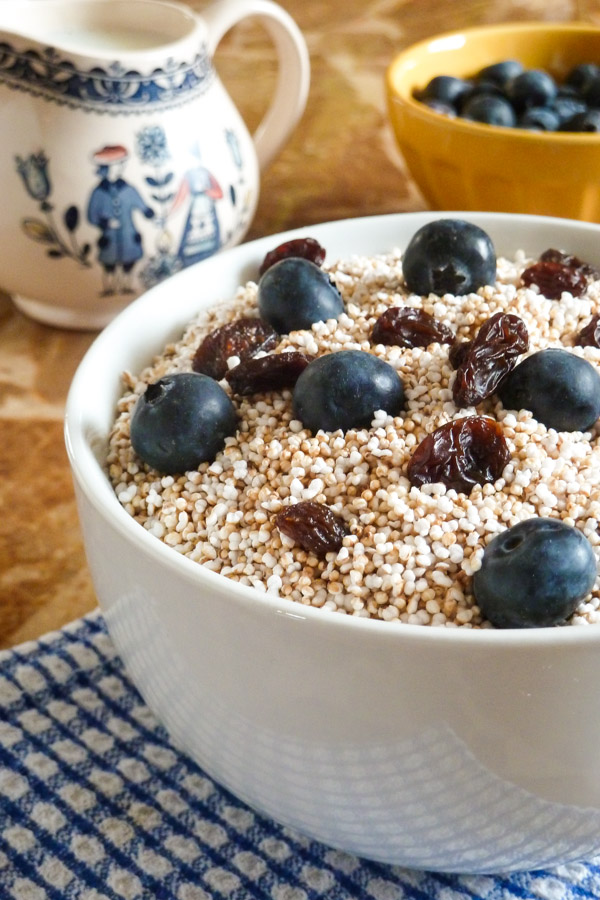
It sounds a little strange doesn't it? Maybe even like a lot of work. I mean why would anyone want to bother making cereal when they just go to the grocery store and buy a box that has pretty designs and tastes great. . . Have you ever read the ingredients on a box of cereal before?

...Hydrogenated Palm Kernal Oil, Mono -and Diglycerides, Glucose-Fructose, Artificial Sweeteners & Colour/Dyes (red #40, blue #2), BHT preservative, and don't forget all the sugar and salt...My point exactly. After reading an ingredient list like that I wouldn't want to eat it.
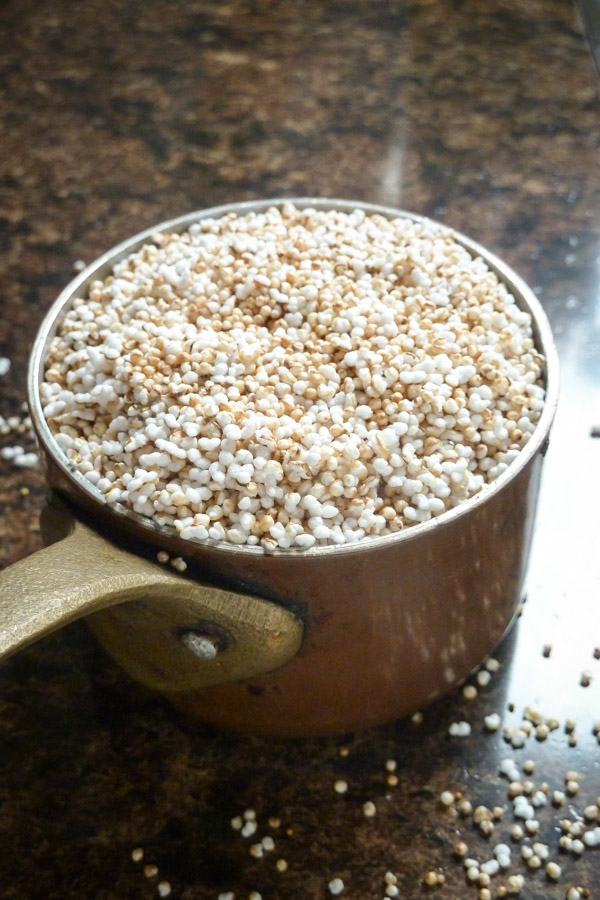
Of course there are some cereal brands that are better for you, such as Nature's Path, Erewhon, Barbara's cereal's, and some President's Choice Organics cereals. They still have a lot of sugar though, so I try not to consume boxed cereals too often.
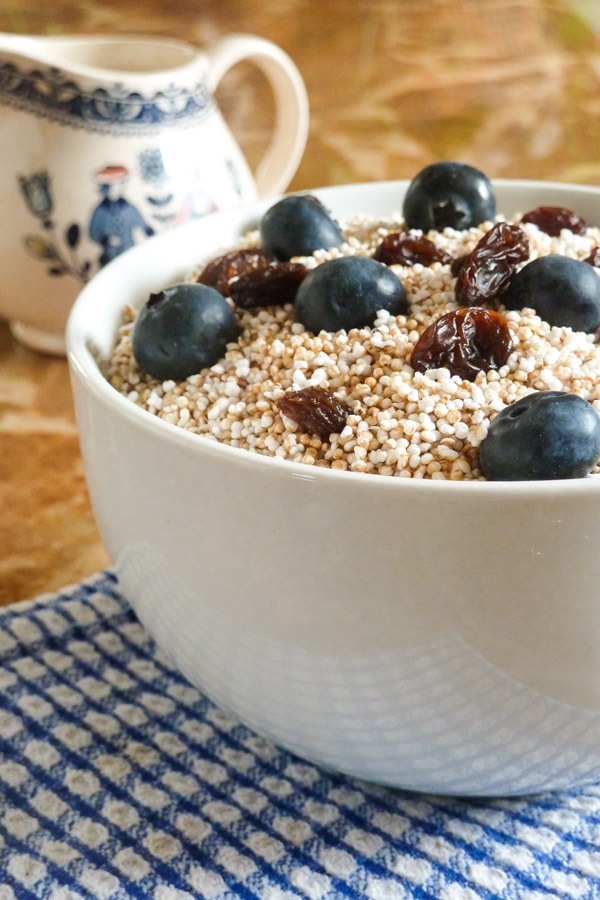
When I tried popping amaranth for the first time it was quick and way easier than I thought it would be. Instead of cooking the grain in a liquid to make a porridge you pop it in a covered pan over medium-high to high heat. Just like making popcorn! It smells and tastes like it too. It has a really nice nutty flavour. I also highly recommend using it as a salad topping.
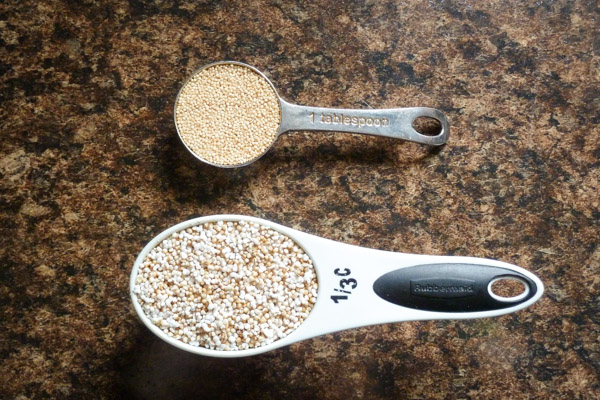
3 tbsp of seed will make about 1 cup of popped amaranth. There's no need to grease the pan. You do however need to make sure that the pan is very hot first before you add the seeds to it. It's also very important to work in small batches; 1-2 tbsp at a time is good.
Puffed Amaranth (1/4 cup raw = approx. 1 cup) Gluten Free, Vegan, Vegetarian
- 1/4 cup (4 tbsp) raw amaranth
Directions:
- Heat a heavy bottomed pot over medium/high heat. The pan is ready to go when a droplet of water evaporates on contact with the surface of the pan.
- Once the pot is heated, add the amaranth working in batches of 1 tbsp at a time (this allows for even heating and better popping). Give the pot a quick shake to evenly spread the amaranth. You'll know if you have the right heat setting if it starts to pop within a few seconds. It will finish within 10-15 seconds.
- When the popping begins to slow quickly remove it from the heat and empty it into a bowl.
- Return the pot to the stove and let it heat back up againg. Repeat the process until the amount to pop is finished.
- Let the puffed amaranth cool completely for storing or consume right away topped with your favourites: milk, berries, nut butter, yogurt, dried fruits, banana etc.
{Notes}
- Use a heavy bottomed pot that's at least 4 inches deep.
- If your pot is hot enough, the seeds should start to pop right away once they are added.
- Cover the pot with a lid! Otherwise it will go everywhere.
- Work with batches no bigger than 2 tbsp at a time. You'll want a thin, even layer to cover the surface of the pot for even heating.
- It may take a few burnt batches to get the hang of it. But don't get discouraged, it's definitely worth it. You just have to figure out the right heat setting for your stove top.
- If your amaranth burns instantly, turn down the heat. Your pan is too hot.
- Just as the popping begins to slow, empty the amaranth into a nearby bowl so it won't have time to burn.
Nutritional Info for a 1 cup serving of puffed amaranth cereal:
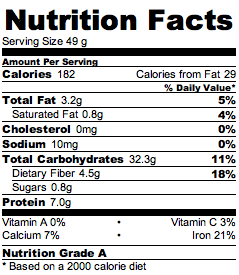
It would be a great idea to make a larger batch and store the popped amaranth in a jar or sealed container for convenience. After popping make sure it's cooled completely and then jar it. It'll keep for a couple of months in the fridge.
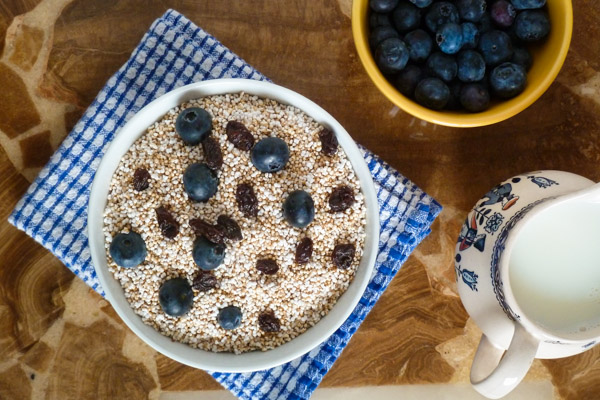
This is definitely a new favourite that I'm adding to my breakfast line up.
I thought you all would love to know that you can now buy popped amaranth from 5AM online. I just received my first bag and I was really impressed. The popping is very consistent and just as it should be. It's a great product! Perfect for when you don't feel like doing the work yourself.

